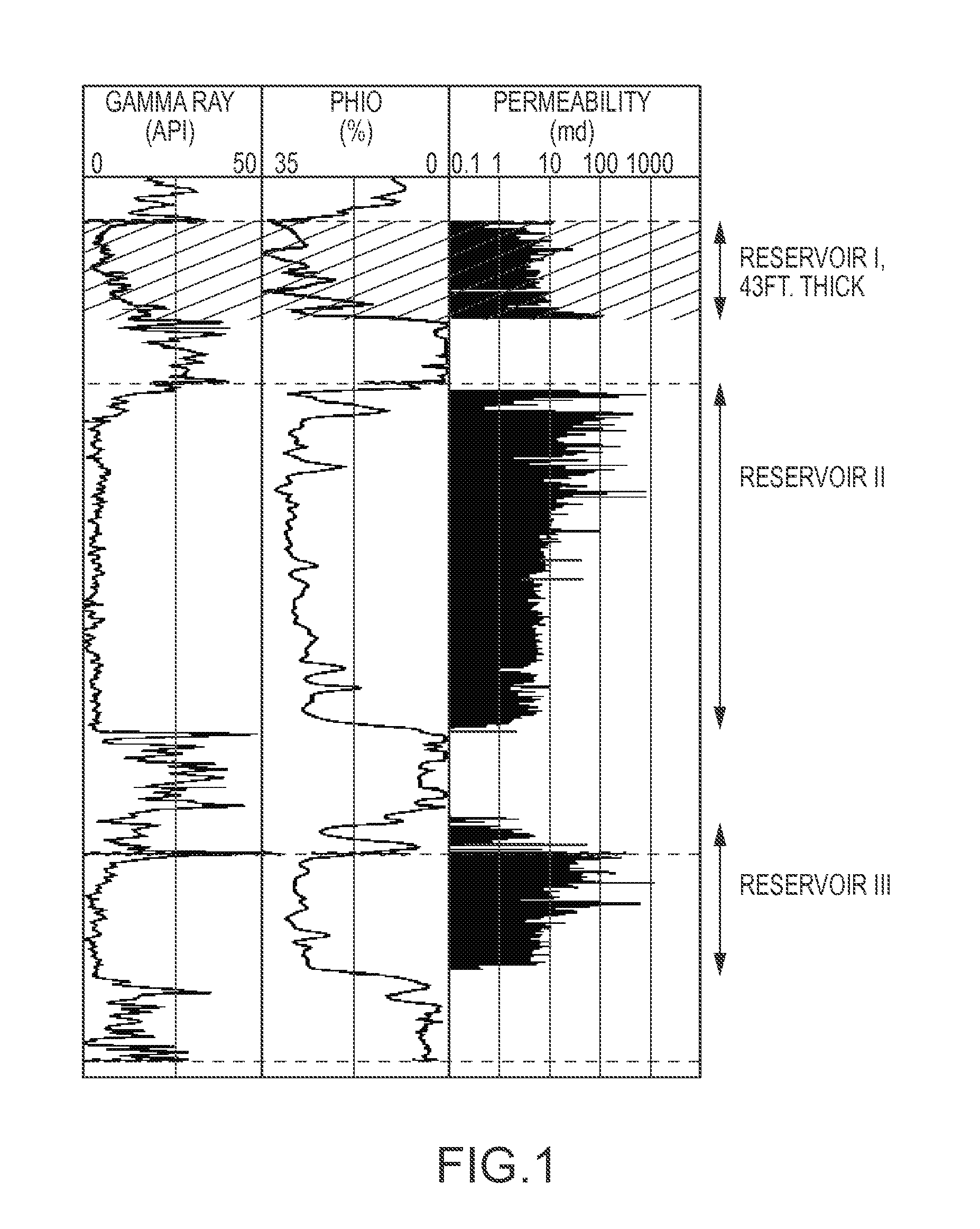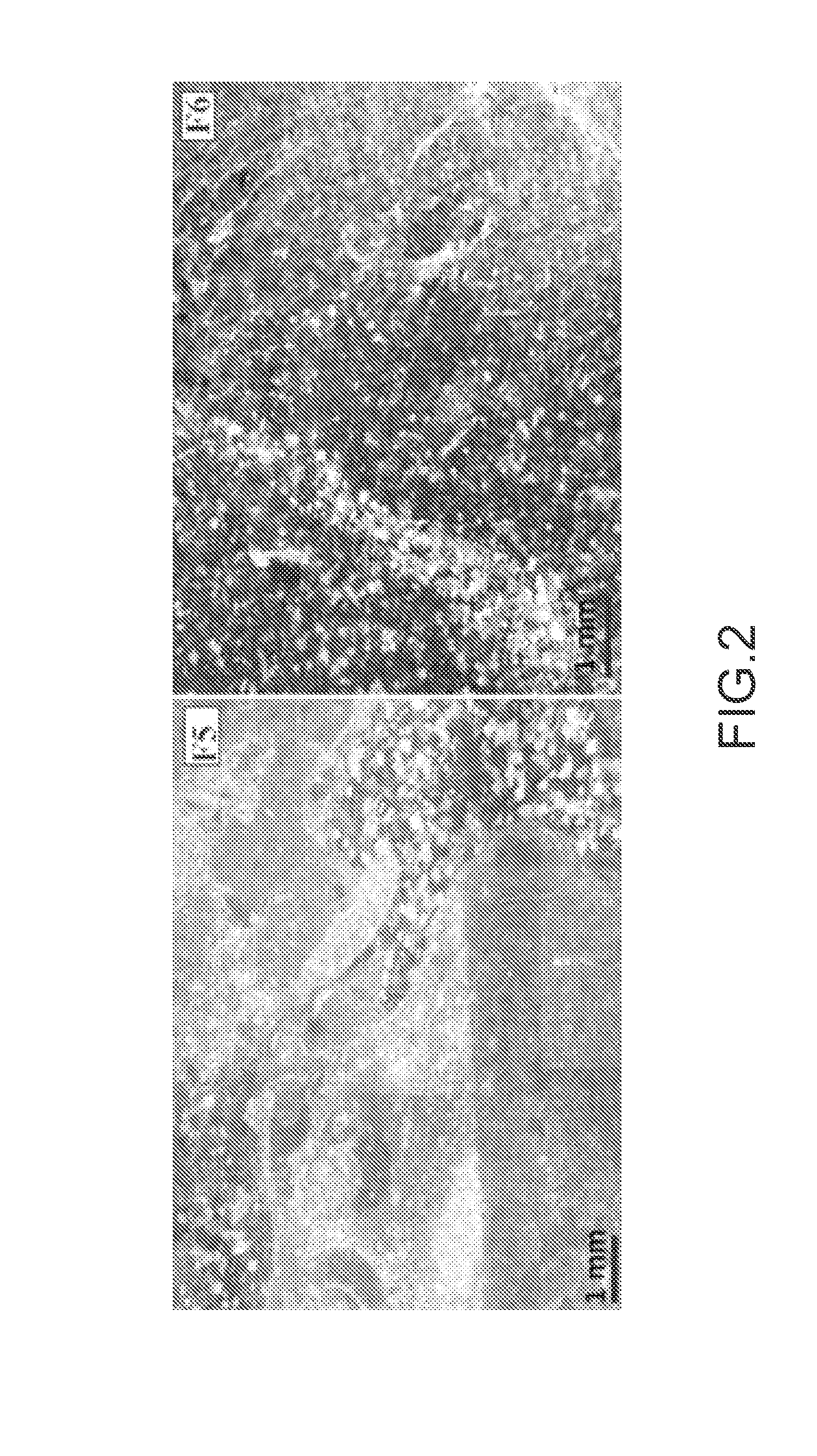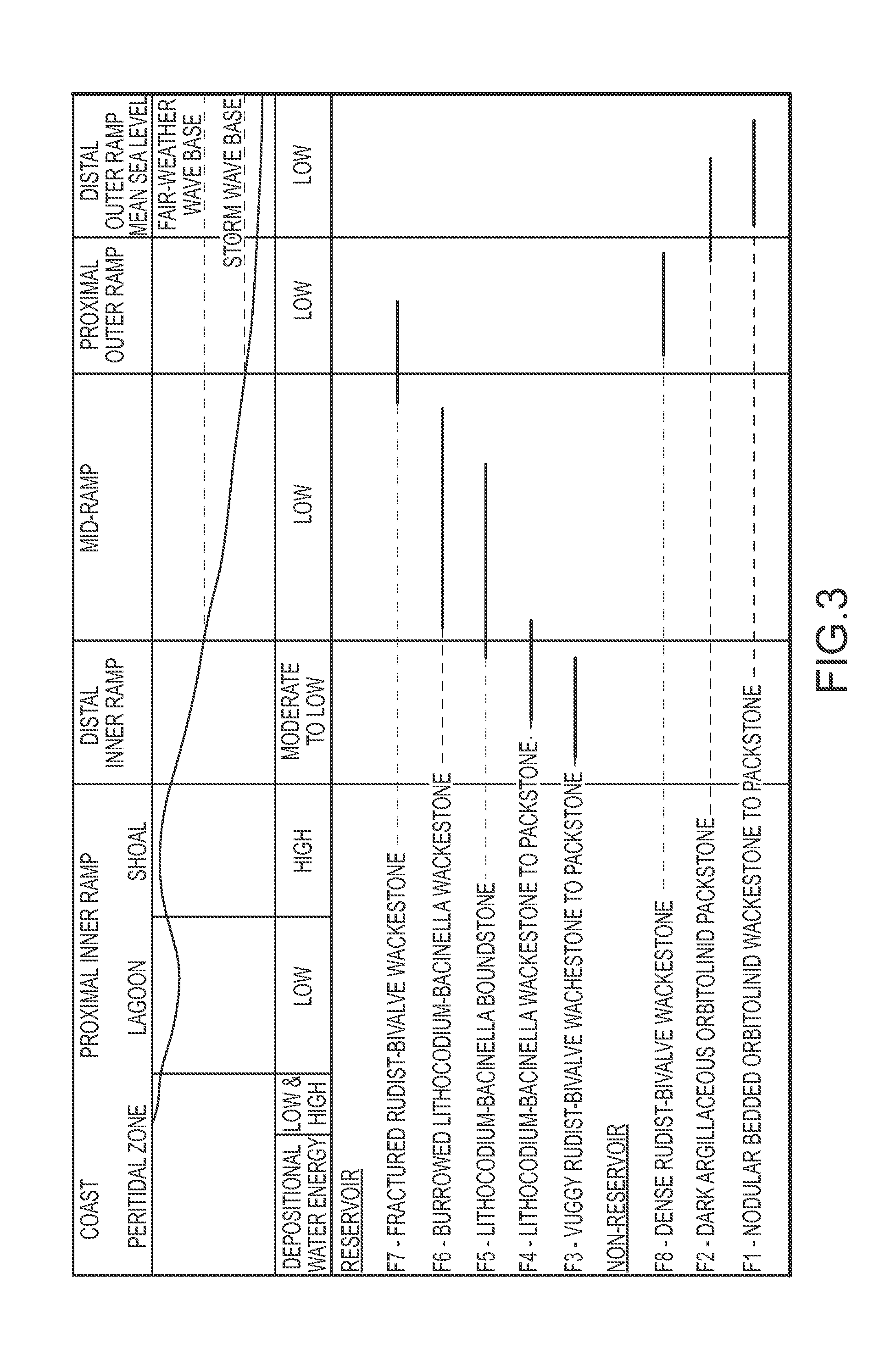Enhanced oil recovery process to inject low-salinity water alternating surfactant-gas in oil-wet carbonate reservoirs
a technology of surfactant and oil-wet carbonate, which is applied in the direction of fluid removal, chemistry apparatus and processes, and wellbore/well accessories, etc., can solve the problems of reducing salinity, reducing the success of chemical eor in general and a nonionic surfactant for field application, and reducing salinity, so as to improve the oil recovery of the field, reduce the salinity of the environment, and produce additional oil more economically
- Summary
- Abstract
- Description
- Claims
- Application Information
AI Technical Summary
Benefits of technology
Problems solved by technology
Method used
Image
Examples
examples
[0110]Coreflood, IFT, contact angle, and phase behavior measurements were performed to investigate the viability of the proposed EOR process. Significant oil recovery, favorable wettability alteration, and brine-oil IFT reduction was observed with the proposed EOR process. The following experiments describe fluid, core, equipment, and experimental results.
Fluids
[0111]A 32° API crude oil from a carbonate reservoir in the Middle East (here after Reservoir I) is used in the experiments. It has a pH value of 6.5 and its viscosity is 3 cp at reservoir temperature of 195° F. Table 1 lists the composition of the reservoir oil. All of the values in Table 1 are approximate.
TABLE 1ComponentMole %CO21.05N20.00C113.78C25.46C36.58C4*5.72C5*5.27C9*33.63C21*21.94C47*6.57*Lumped components
[0112]The composition of synthetic seawater (SW) representative of the seawater in the Middle East, and low-salinity water (LS1, LS2 and LS3) used in coreflood, IFT, and contact angle measurements are listed in Ta...
experiment 1
[0144]Four short cores were stacked together to form an about 8.614 inch long and about 49.205 cc total pore volume composite core (as illustrated in FIG. 11 and Table 3). The cores are from Reservoir I, Facies-5 carbonate formation. The images in FIG. 11 were taken after the cores were saturated with formation brine. The flooding direction is from left to right.
[0145]FIG. 12 illustrates the oil recovery factor (RF) and pressure difference between injection and production end (ΔP, psia) as a function pore volume injected (PV inj) of the first coreflood. During seawater (SW) flood, approximately 55.51% oil was recovered. A low-salinity water that has half salinity concentration compared to seawater (i.e. LS1) flood resulted in an incremental oil recovery of up to about 4.77%. Another additional about 1.1% incremental recovery was observed during the second low-salinity waterflooding (LS2). No additional recovery was obtained during the third low-salinity flood cycle (LS3). The PV inj...
experiment 2
[0148]Similar flooding sequence was performed on a composite core made of three Facies-6 carbonate cores. The total pore volume of this composite core is about 32.587 cc, and the total length composite is about 5.27 inch. FIG. 13 illustrates three Facies-6 cores used in the experiment. The photo illustrated in FIG. 13 was taken at the end of the experiment. The flooding direction is from left to right.
[0149]FIG. 14 and Table 8 illustrates RF and pressure difference between injection and production end (ΔP, psia) as a function pore volume injected. In this experiment, the connate water saturation was about 24.11%; RF during 10 PV SW flood was 48.93%. The RF during 5 PV each LS1, LS2, and LS3 were 6.19%, 1.13%, and 0%, respectively. In all floods, 0.1 cc / min injection rate was applied.
[0150]Ten PV of 5,000 ppm surfactant diluted in LS2 was injected following the SW and three sets of LS floods. 4.89% oil was recovered during this flooding sequence. Comparing the pressure drop (ΔP) at t...
PUM
| Property | Measurement | Unit |
|---|---|---|
| temperatures | aaaaa | aaaaa |
| salinity | aaaaa | aaaaa |
| temperature | aaaaa | aaaaa |
Abstract
Description
Claims
Application Information
 Login to View More
Login to View More - R&D
- Intellectual Property
- Life Sciences
- Materials
- Tech Scout
- Unparalleled Data Quality
- Higher Quality Content
- 60% Fewer Hallucinations
Browse by: Latest US Patents, China's latest patents, Technical Efficacy Thesaurus, Application Domain, Technology Topic, Popular Technical Reports.
© 2025 PatSnap. All rights reserved.Legal|Privacy policy|Modern Slavery Act Transparency Statement|Sitemap|About US| Contact US: help@patsnap.com



